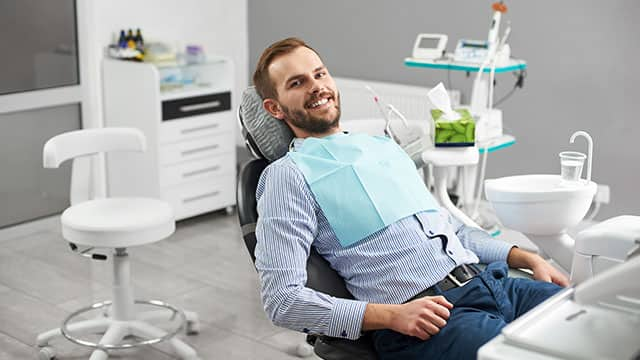
Mastering Sedation Dentistry: Advanced Techniques for Comfort
Sedation dentistry has revolutionized the dental experience for many patients, offering a stress-free and anxiety-reducing approach to dental procedures. In this article, we’ll explore some advanced techniques in sedation dentistry that contribute to a more comfortable and relaxed dental visit.
Understanding the Basics of Sedation Dentistry
Sedation dentistry involves using medication to help patients relax during dental procedures. The levels of sedation vary, from minimal sedation (where the patient is awake but relaxed) to deep sedation (where the patient is almost unconscious). These techniques are particularly beneficial for individuals with dental phobias or anxiety.
Inhaled Minimal Sedation: Nitrous Oxide
One of the most common forms of minimal sedation is the use of nitrous oxide, often referred to as “laughing gas.” This odorless gas is mixed with oxygen and administered through a mask placed over the patient’s nose. Nitrous oxide induces a state of relaxation, making the patient feel at ease during the procedure. The effects wear off quickly, allowing patients to resume their daily activities without lingering drowsiness.
Oral Sedation for Deeper Relaxation
Oral sedation involves taking a prescribed sedative pill before the dental procedure. This form of sedation ranges from minimal to moderate, depending on the dosage. Patients may feel drowsy but can be easily awakened. It’s an effective method for reducing anxiety levels, especially for individuals with a fear of needles.
IV Sedation: Tailored Sedation Levels for Individual Needs
Intravenous (IV) sedation allows for precise control over the sedation levels throughout the procedure. Administered through a vein, the medication takes effect quickly, and the dentist can adjust the dosage as needed. This technique is often used for more complex dental treatments, ensuring the patient remains comfortable while still being responsive.
The Role of Technology in Sedation Dentistry
Advancements in technology have significantly contributed to the evolution of sedation dentistry. Modern monitoring equipment allows dentists to closely track vital signs, ensuring patient safety during sedation. The integration of technology enhances the overall effectiveness of sedation techniques.
Tailoring Sedation Approaches to Individual Patient Needs
Each patient is unique, and their response to sedation can vary. Dentists skilled in sedation techniques assess the patient’s medical history, anxiety levels, and the complexity of the procedure to tailor the sedation approach accordingly. This personalized approach contributes to a safer and more comfortable experience for the patient.
Addressing Common Misconceptions About Sedation Dentistry
Despite its widespread use, there are still misconceptions about sedation dentistry. Some individuals may fear that they will lose consciousness or control during the procedure. Dispelling these myths and educating patients on the safety and benefits of sedation dentistry is crucial for promoting its wider acceptance.
Combining Sedation Techniques for Optimal Results
Dentists may choose to combine different sedation techniques to achieve optimal results. For instance, combining nitrous oxide with oral sedation can enhance the overall sedative effect while minimizing side effects. This tailored approach ensures that patients receive the appropriate level of sedation for their specific needs.
Sedation Dentistry Techniques: A Gateway to Stress-Free Dental Care
By incorporating advanced sedation techniques, dentists create a gateway to stress-free dental care for patients who might otherwise avoid necessary treatments. The ongoing evolution of sedation dentistry continues to redefine the patient experience, making dental visits more accessible and comfortable for everyone.
In conclusion, the field of sedation dentistry has come a long way in providing a solution for individuals with dental anxiety. If you’re interested in exploring how sedation dentistry can benefit you, consult with your dentist to discuss the most suitable techniques for your needs.
